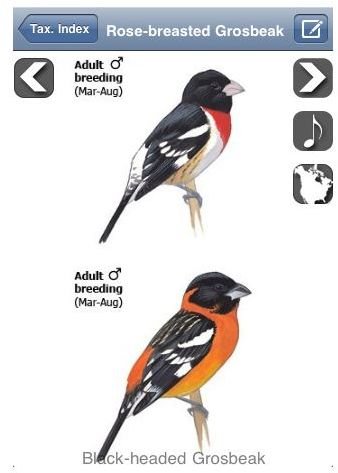

However, these apps take a more active role in the process, analyzing your observations, photos, and audio recordings to help you arrive at an ID. Much like the field guides above the goal of these apps is to help you identify an unknown bird. Five different versions from Lite to Ultimate available with different features and species. Contains copious amounts of information on each species, including notes on identification, ecology, behavior, nests and eggs, as well as links to Wikipedia and Flickr and a very powerful filter/search tool. Great audio recordings, including variations and convenient links to similar-sounding species.
BIRD IDENTIFICATION APP PRO
Similar species and browse by family or shape tools are useful for identifying unknown birds, and includes a find birds with eBird function to find nearby reports of specific species.Ĭovers 940 species (in the Pro version) with both photos and drawings of each species. Taking advantage of the digital format it includes more than 2,000 recordings of songs and calls, a compare species function, and a smartsearch tool that allows you to filter species by color, shape, and your current location.Ĭovers 810 species using photos instead of drawings, includes range maps that also cover Central and South America, has a good selection of audio recordings including alternate calls and regional variations, and slightly more descriptive text including habitat, range, and nesting information. IOS, Android, Kindle Fire, Windows, and BlackberryĬovers 810 species and features all of the drawings, range maps, and explanatory text found in the Sibley Guide to Birds.

Sibley eGuide to the Birds of North America Some, like iBird, are designed exclusively for the mobile app format, and others are digital versions of paper field guides you may already be familiar with (Sibley, Audubon, National Geographic, Peterson, etc.) but even the most bare-bone of field guide apps have some features that leverage the technology and go beyond the contents of the paper versions. These apps are the most direct competitors with the classic paper field guides.
BIRD IDENTIFICATION APP FULL
So take a look at some of the apps described below (as well as other birding apps not listed here) and the next time you go birding heading out without your smartphone will feel as antiquated as heading out with a shotgun full of bird shot. And today, birders are heading out with 50 megapixel image-stabilized super-telephoto zoom cameras and precision-honed, multi-coated, ultra-light-weight binoculars… and paper field guides, the technology of which hasn’t changed significantly since their inception nearly a century ago. By the middle of the 20 th century, birders were equipped with the first field guides and better, lighter, more affordable binoculars.

Opera glasses and notepads replaced shotguns on the first Christmas Bird Counts in the early 1900’s. Over the centuries technological advances have changed the hobby of birdwatching several times over. Not the most complex, and certainly not digital, but it was technology nonetheless. Take John James Audubon, for instance: one of our country’s most famous early birders, his technology of choice happened to be a shotgun full of bird shot and a burlap bag. Technology has been a part of birding for as long as people have been observing birds.


 0 kommentar(er)
0 kommentar(er)
